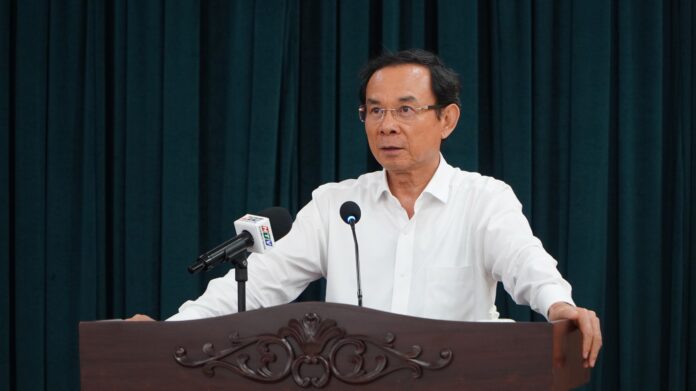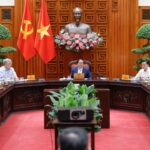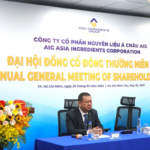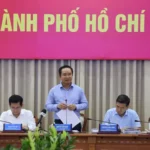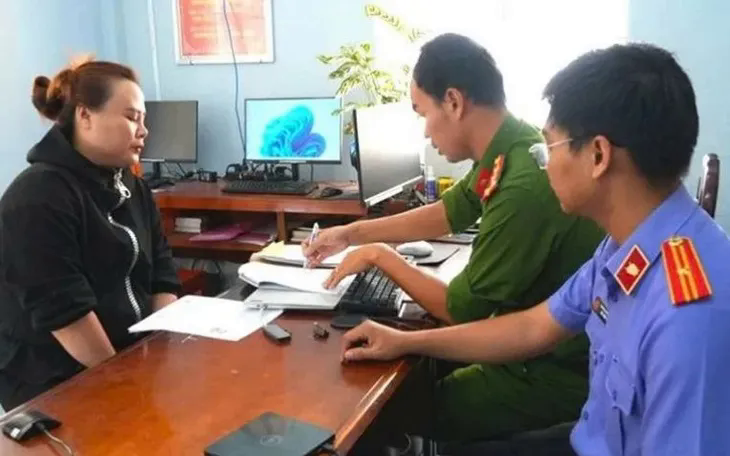On the afternoon of June 3rd, the Standing Committee of the Ho Chi Minh City Party Committee met with the Standing Committee of Thu Duc City Party Committee and the Party Committees of districts and counties to report on the conclusion of the activities of the current district-level Party Committees and communal-level Party Committees, and the establishment of new communal-level Party Committees following the administrative unit rearrangement in Ho Chi Minh City.
The meeting was chaired by Mr. Nguyen Van Nen, Politburo member and Secretary of the Ho Chi Minh City Party Committee.
In his concluding remarks, Mr. Nguyen Van Nen emphasized, “By now, a new Ho Chi Minh City has been formed.”
The total area of the new Ho Chi Minh City is 6,772 square kilometers. According to statistics, the city’s population is 14 million. There are 168 communal-level administrative units, including 113 wards, 54 communes, and the Con Dao Special District.
The Ho Chi Minh City Party Committee has 174 subordinate party committees, including six supra-communal-level committees and 168 communal-level committees. The city will have 3,378 party grassroots organizations and 364,874 party members.
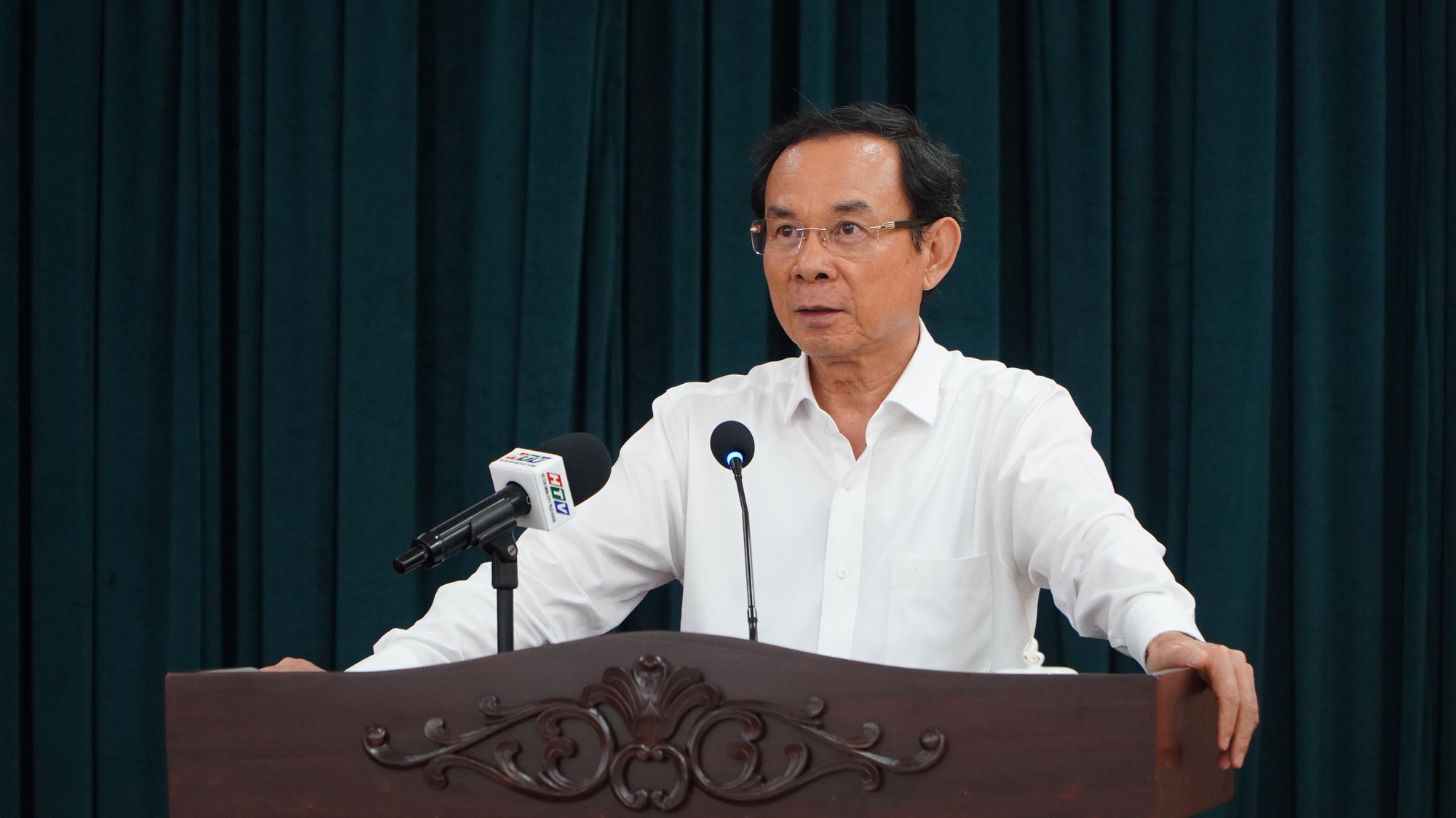
Mr. Nguyen Van Nen, Secretary of the Ho Chi Minh City Party Committee, delivering the concluding remarks at the meeting
Mr. Nguyen Van Nen pointed out that these figures highlight the enormous scale of Ho Chi Minh City, along with its significant responsibilities and resources. Therefore, the arrangement and operation of the system must be seamless.
Mr. Nguyen Van Nen reminded that Ho Chi Minh City has to prepare for a vast amount of work and tackle multiple tasks simultaneously. Time does not allow for hesitation or delay, and only decisive action will ensure timely progress, he emphasized.
Ho Chi Minh City must prepare for its own rearrangement and also take on the responsibility of being the “convener” – chairing and coordinating with Binh Duong and Ba Ria-Vung Tau provinces during this process. Mr. Nguyen Van Nen underscored the significant responsibility this entails, requiring the collective awareness, commitment, and accountability of the entire political system of Ho Chi Minh City, including the delegates present at the meeting.
For Ho Chi Minh City, this is a historically important milestone, demanding that each official fulfills their duties with a new mindset, vision, and motivation within a new spatial and dynamic context.
At the meeting, Mr. Nguyen Van Nen instructed the Party Committee of the People’s Committee of Ho Chi Minh City to continue leading and directing the timely issuance of tasks, decentralization, delegation of authority, and definition of functions and tasks of the Party Committee of the People’s Committee. This will enhance the role and responsibility of each position, especially in newly established agencies and organizations.
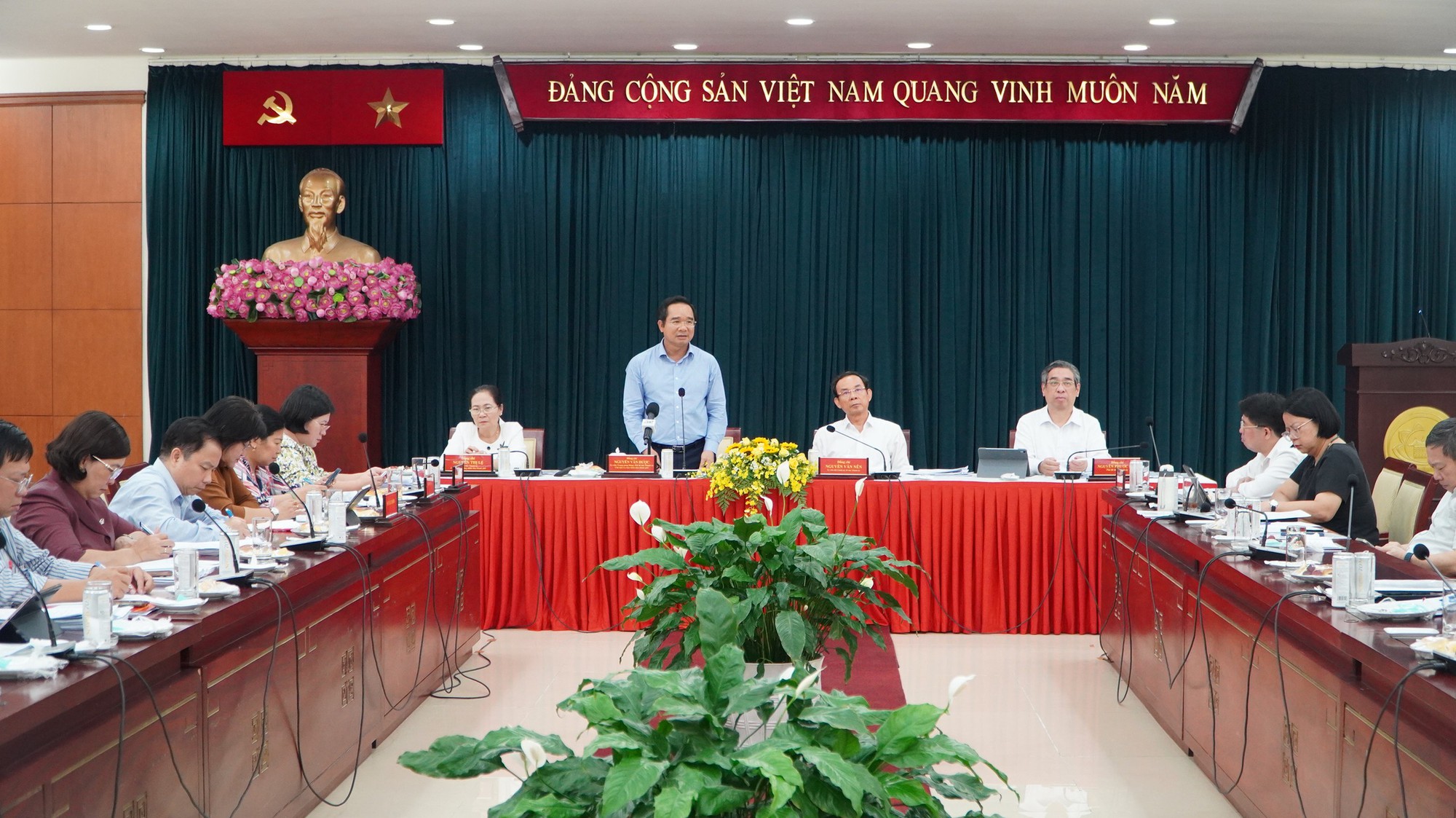
Ho Chi Minh City Party Committee leaders working with local authorities
He also requested a review of the decentralization and delegation of authority to ensure consistency, interoperability, and the absence of overlap or gaps in tasks. The deployment, handover, and transition of tasks must be concrete and clear to avoid work disruptions and ensure uninterrupted service to the people.
Mr. Nguyen Van Nen emphasized that the city is at a historical juncture with numerous tasks to accomplish. He stressed that the reorganization of the political system and the establishment of a two-tier local government must adhere to the timelines set by the Central Government.
Additionally, the Party Congresses at all levels should be conducted in accordance with the Central Government’s directives. Particularly, four “pillars” should be implemented: Resolution 57 on promoting science, technology, and innovation; Resolution 59 on proactive international integration; Resolution 68 on vigorously developing the private economic sector; and Resolution 66 on comprehensively renewing the work of building and enforcing laws.
According to Mr. Nguyen Van Nen, fulfilling these significant tasks requires a high sense of responsibility, strong determination, and resolute action from each Party committee and individual. “Amid the country’s new development demands, Ho Chi Minh City has a significant mission. We must surpass ourselves, change our mindset and vision, and unify our thoughts,” he emphasized.
The City of Ho Chi Minh Dreams of a Permit-less Construction Future
The Ho Chi Minh City Department of Construction has been tasked by the People’s Committee of Ho Chi Minh City to provide detailed guidance and issue documents regarding the new policy of eliminating construction permits. This initiative is set to be implemented as soon as possible, with the department aiming to release the necessary documents in June.
AIG Unveils Ambitious Plans: 20% Stock Bonus, 5% ESOP Issuance, and an Imminent Move to HOSE
At the 2025 Annual General Meeting, AIG Corporation (UPCoM: AIG) approved a 20% stock dividend and a 5% ESOP issuance. The company is considering an early move to the HOSE, despite only recently listing on the UPCoM in late 2024.
The Inept Bureaucracy: A Tale of Mismanaged Funds and a Mayor’s Shame
“The embarrassment of Ho Chi Minh City’s slow public investment disbursement rate was highlighted by Chairman of the People’s Committee of Ho Chi Minh City, Nguyen Van Duoc. He expressed his shame over the city being reprimanded by the government for three to four consecutive months due to its poor performance in this regard.”

